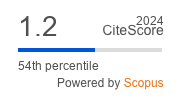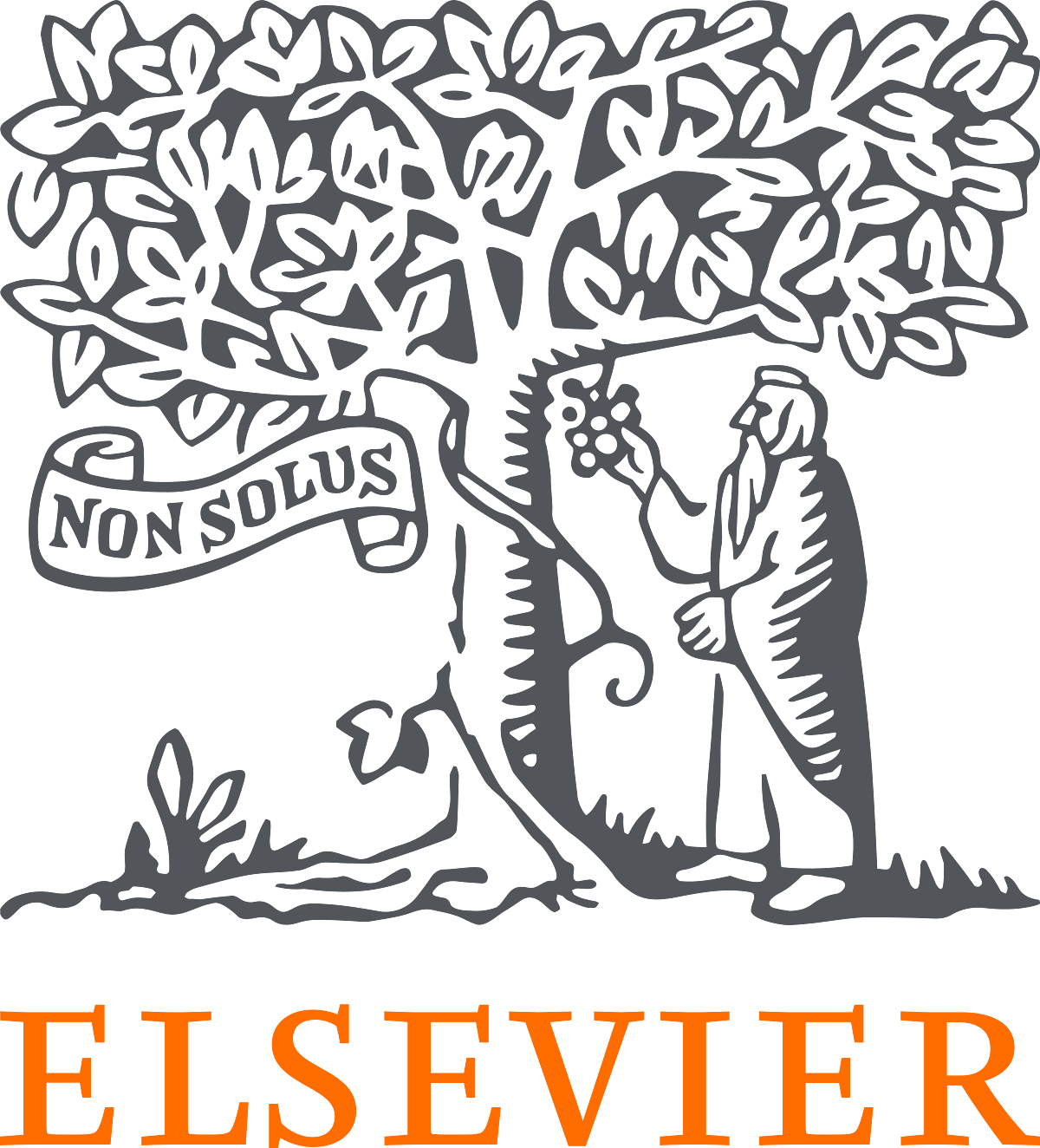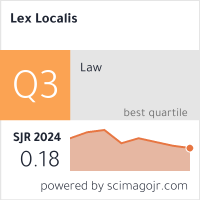Hybrid Communication Models in International Academic Conferences: Evaluating Engagement and Knowledge Dissemination
DOI:
https://doi.org/10.52152/23.9.76-79(2025)Keywords:
hybrid communication models, academic conferences, engagement, knowledge dissemination, digital transformation, sustainable development, social presence theoryAbstract
This study aims to construct a comprehensive evaluation framework for hybrid academic conference communication effectiveness, systematically analyzing engagement characteristics and knowledge dissemination effects under different communication modes to provide theoretical foundations and practical guidance for optimizing academic exchange models in the post-pandemic era. This research adopts a mixed-methods design with 2,847 participants from four representative international academic organizations (IAFOR, ACM, IEEE, SCMR) selected through multi-dimensional stratified sampling. The study employs structural equation modeling, ANOVA, and network analysis to construct an engagement assessment system encompassing behavioral, cognitive, and emotional dimensions, alongside a knowledge dissemination effectiveness measurement model covering immediate effects, long-term impacts, and network effects. The results demonstrate that hybrid communication models significantly outperform traditional face-to-face and pure virtual modes in both comprehensive engagement and knowledge dissemination effectiveness. Specifically, hybrid models achieve information retention rates of 82.7% (±7.4), significantly higher than virtual modes at 65.3% (±9.1) and face-to-face modes at 78.5% (±8.2); knowledge integration scores reach 79.3 points (±8.1), surpassing other modes; new collaboration formation rates attain 31.5 percentage points, far exceeding virtual modes' 12.4 percentage points. Structural equation modeling analysis reveals that cognitive engagement has the strongest predictive effect on knowledge processing quality (β = 0.82, p < 0.001), while emotional engagement primarily influences network effects through direct pathways (β = 0.31, p < 0.01). This research validates the applicability of Media Richness Theory, Social Presence Theory, and Media Synchronicity Theory in hybrid communication environments, providing essential theoretical support and practical guidance for digital transformation and sustainable development of academic conferences, holding significant implications for promoting inclusivity and effectiveness in global academic exchange.
References
Jihomoravské inovační centrum, (2015). Výroční zpráva JIC za rok 2013 -14.
Jihomoravské centrum pro mezinárodní mobilitu, (2015). Výroční zpráva za rok 2013.
Jihomoravské centrum pro mezinárodní mobilitu, (2015). The South Moravian Programme for Distinguished Researcher.
Moravian Science Centre Brno, MSCB, (2015).
Regionální rozvojová agentura Jižní Moravy, (2015). Výroční zpráva RRA JM za rok 2014.
Venclík, M., Plaček, I. (2015) Předvídání vývoje technologií. Brno: BIC Brno spol. s.r.o.
Wildmannová, M., Venclik, M. (2015). Unique Innovative Infrastructure. 18th International Colloquium on Regional Sciences. Conference Proceedings. Brno: Masaryk University, pp. 195-202.
Wildmannová, M., Vávrová, A.(2015) Transfer technologií a komercionalizace. Brno: BIC Brno spol. s.r.o..
WOKOUN, R. (2014). Regional development of the Czech Republic in relation to the European Union. 17th International Colloquium on Regional Sciences. Conference Proceedings. Brno: Masaryk University. pp. 371-377
Downloads
Published
Issue
Section
License
Copyright (c) 2024 Lex localis - Journal of Local Self-Government

This work is licensed under a Creative Commons Attribution-NonCommercial-NoDerivatives 4.0 International License.








